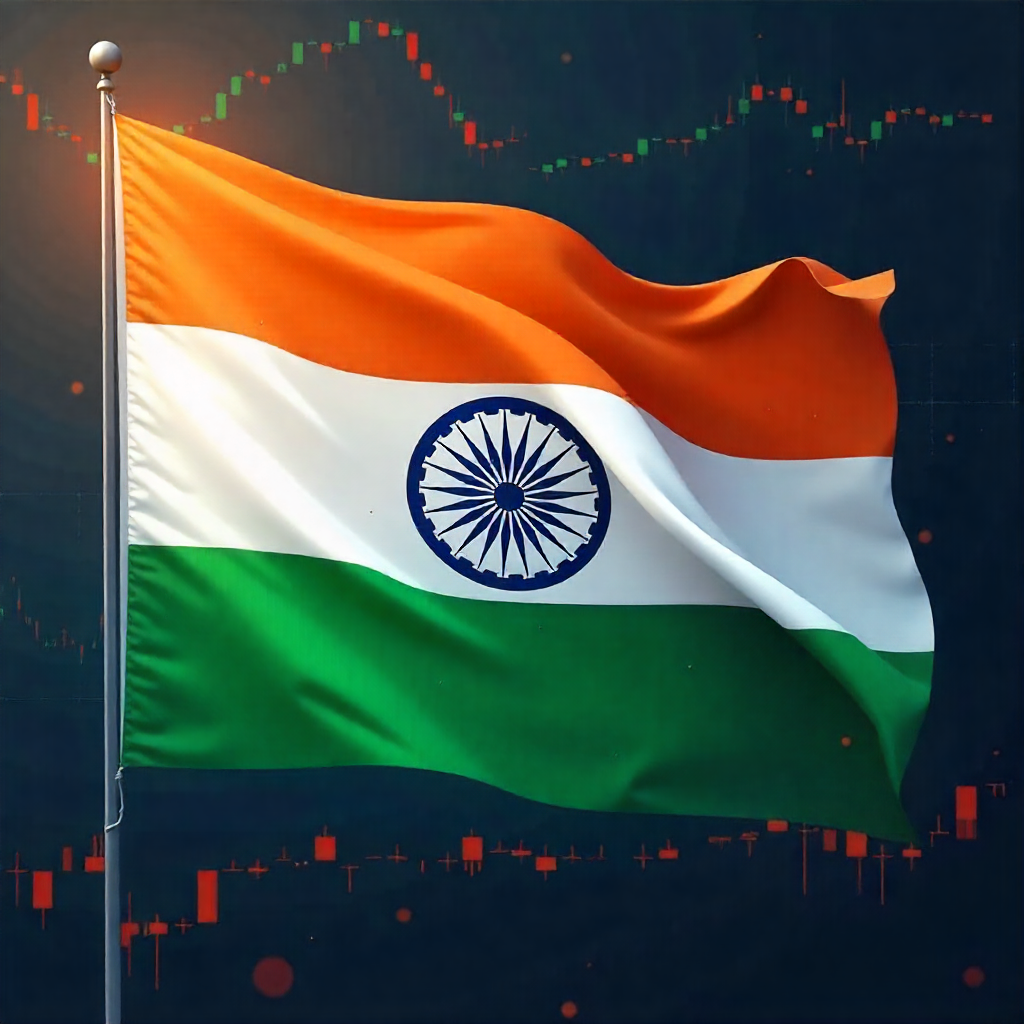TriplePundit • Fabric Maker Nassimi Wants to Make Biodegradable Vinyl the Norm

Prized for its low cost and durability, vinyl upholstery offers easy-to-clean surfaces that withstand perpetual wear and tear, especially in shared spaces like restaurants, schools, offices, and healthcare facilities. But there’s a catch. Traditional vinyl is made from polyvinyl chloride (PVC), the third-most widely produced plastic in the world.
As with many petroleum-based materials, vinyl lasts in landfills for hundreds of years, sheds microplastics, and is tied to toxic byproducts in production. PVC vinyl is so durable that some landfills are lined with vinyl sheets.
That’s where Hyphyn, a new material from New York City fabric maker Nassimi, comes in. Advertised as a biodegradable performance vinyl, Hyphyn is designed to break down by more than 90 percent within two years under landfill conditions.
“Hyphyn is suited for any upholstery application where vinyl is used,” Debbye Lustig, Nassimi’s vice president for design, told TriplePundit. “It performs on par with conventional vinyl in durability and cleanability, so the markets that rely on vinyl today — healthcare, hospitality, education, corporate — are equally suited for Hyphyn.”
The breakthrough lies in a special enzyme system and resin formulation that allows Hyphyn to mimic the look, feel, and toughness of vinyl while still biodegrading at the end of its life, Lustig said. Unlike earlier sustainable alternatives that struggled in high-traffic environments, Hyphyn is engineered for the same stain resistance, abrasion tolerance, and easy maintenance that vinyl’s customers rely on.
Since the turn of the century, mounting concerns over PVC’s impact on human and environmental health — its primary ingredient is an established human carcinogen under evaluation by the United States Environmental Protection Agency — pushed health care facilities and green building standards to steer away from it. Those who could afford it switched to upholstery made from materials like polyurethane, silicone and bio-based leathers. These alternatives come with their own limitations. Polyurethane is chlorine-free and burns cleaner than PVC, but it isn’t biodegradable and eventually turns into microplastics. Silicone is non-toxic at the end of its life, but it isn’t biodegradable, and recycling is very limited. Bio-based leathers biodegrade if coatings are avoided, but most commercial versions of bio-based leathers still rely on polyurethane films for durability, reducing their ability to biodegrade.
Hyphyn’s enzyme system is built into both the vinyl surface and its fabric backing, making the entire material biodegradable. The fabric looks, feels, and performs like other well-made faux leathers, and the enzyme sits dormant while the material is in use. The degradation process only activates in landfill conditions without oxygen or light, where the enzymes interact with the microorganisms added to landfills to break Hyphyn down into organic matter. No toxins or microplastics are left behind as the material degrades. Instead, it is converted into typical landfill gases like methane and carbon dioxide, which some landfills use to produce energy. If Hyphyn is incinerated, it burns cleanly without releasing dangerous environmental pollutants called dioxins, which other types of vinyl cannot claim.
These safety and environmental claims are backed with independent testing. In lab studies, more than 90 percent of Hyphyn broke down within two years under landfill conditions, according to Nassimi. Even after it degraded, soil tests showed no trace of toxic chemicals, and seeds planted in that soil grew normally. The material is free from harmful substances like PFAS, formaldehyde, and lead and other heavy metals. It also meets strict health and environmental standards like California’s Safe Drinking Water and Toxic Enforcement Act and the European Union’s chemical regulations.
Hyphyn is currently sold by 14 textile distributors, most of which collectively account for the majority of the nearly $3 billion U.S. contract textiles and wallcoverings market.
PVC vinyl is still often the only option for budget-conscious institutions. Hyphyn aims to bridge that gap by pairing performance and affordability with a reduced environmental footprint, Lustig said. If scaled successfully, it could help ensure that more sustainable materials aren’t just available to wealthy institutions such as large hospitals or corporate offices, but also to high-volume, common spaces like public schools and community clinics.
In the meantime, most of the vinyl produced by Nassimi will still be made from PVC. Still, the company aims to shift more of its vinyl production away from petroleum-based materials.
“Hyphyn took many years to develop, and we’re now looking at ways to incorporate bio-based materials into more products,” Lustig said. “My hope is that Hyphyn will be widely adopted, becoming the primary vinyl we offer. Perhaps, eventually, replacing most of the conventional vinyl we sell today.”



Post Comment